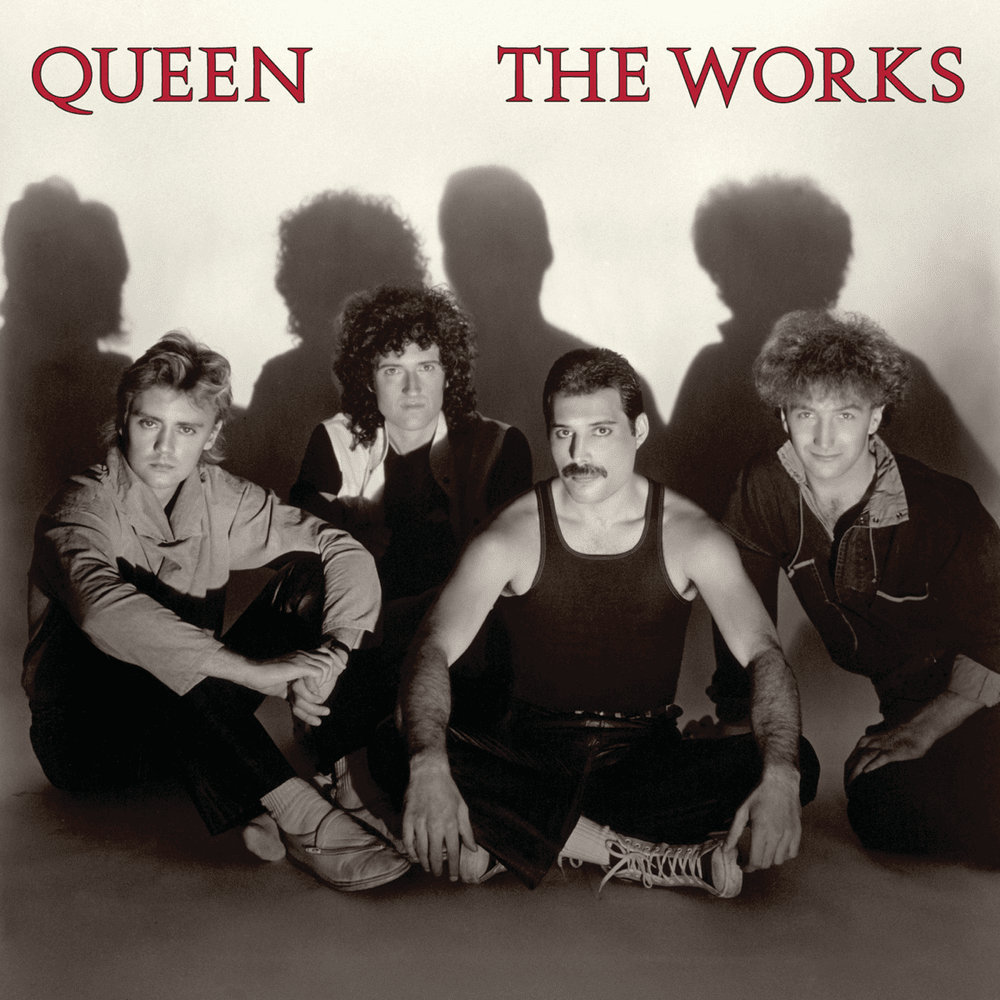A defiant anthem of liberation from Queen's 1984 album The Works, "I Want to Break Free" is bassist John Deacon's masterful exploration of escaping a stifling, deceitful relationship while navigating the exhilaration of new love. With Freddie Mercury's passionate vocals soaring over Brian May's iconic guitar riffs and Roger Taylor's driving beat, the song captures the push-pull of emotional entrapment—yearning to shatter lies and self-satisfaction, yet grappling with the ache of solitude. Released as a single amid controversy over its drag-filled video (banned by MTV in the US), it became a cultural touchstone for personal freedom, from romantic breakups to broader themes of independence. Deacon's simple yet profound lyrics, echoing the album's themes of resilience, remind us that while life goes on without the one we love, breaking free is the ultimate act of self-empowerment—God knows, we've got to make it on our own.
The Works - I Want To Break Free

#
Lyric line
Interpretation & Notes
Intro/Chorus — Yearning for liberation 0:00–0:30
1
I want to break free
Declares a powerful desire for liberation from constraints.
2
I want to break free
Repeats the yearning, emphasizing urgency.
3
I want to break free from your lies
Specifies the source of oppression: deceit in a relationship.
4
You're so self satisfied I don't need you
Rejects the partner's arrogance, asserting independence.
5
I've got to break free
Shifts from desire to necessity, showing resolve.
6
God knows God knows I want to break free
Invokes divine witness to underscore emotional truth.
Verse 1 — Newfound love 0:30–1:00
7
I've fallen in love
Introduces a new emotional awakening, contrasting past oppression.
8
I've fallen in love for the first time
Emphasizes the novelty and intensity of this love.
9
And this time I know it's for real
Affirms the authenticity of the new romantic connection.
10
I've fallen in love yeah
Repeats with emotional emphasis, celebrating the feeling.
11
God knows God knows I've fallen in love
Echoes divine acknowledgment, tying to the chorus's intensity.
Verse 2 — Conflict and hesitation 1:00–1:30
12
It's strange but it's true
Acknowledges the surprising power of new love.
13
I can't get over the way you love me like you do
Expresses awe at the lover's unique affection.
14
But I have to be sure
Introduces caution, needing certainty before acting.
15
When I walk out that door
Symbolizes the decisive moment of leaving the past behind.
16
Oh how I want to be free baby
Reaffirms the longing for liberation, with affection.
17
Oh how I want to be free
Repeats the desire for freedom, intensifying emotion.
18
Oh how I want to break free
Ties back to the chorus, emphasizing resolve.
Bridge — Lingering attachment 1:30–2:00
19
But life still goes on
Acknowledges the persistence of reality despite emotional shifts.
20
I can't get used to living without
Admits difficulty adjusting to the absence of the old partner.
21
living without
Repeats for emotional weight.
22
Living without you by my side
Specifies the source of longing, tied to the past relationship.
23
I don't want to live alone hey
Rejects solitude, highlighting fear of isolation.
24
God knows got to make it on my own
Resolves to face independence, with divine acknowledgment.
25
So baby can't you see
Appeals to the partner for understanding.
26
I've got to break free
Reaffirms the need to escape, despite attachment.
Outro — Final resolve 2:00–3:24
27
I've got to break free
Reiterates the necessity of liberation.
28
I want to break free yeah
Closes with a triumphant, defiant declaration of freedom.
Reading guide: A liberating anthem from Queen's 1984 album The Works , I Want to Break Free captures the tension between oppressive relationships and the thrill of new love. Written by John Deacon, its synth-driven melody and Freddie Mercury's impassioned vocals explore themes of freedom vs. entrapment , new love vs. old ties , and courage vs. doubt. With its iconic video of the band in drag, it became a global hit, symbolizing personal and societal liberation through defiant self-expression.
I Want to Break Free — Tech Specs
Album
The Works (1984)
Released
2 April 1984 (single, UK)
Recorded
1983–1984, Record Plant Studios (Los Angeles) & Musicland Studios (Munich)
Genre
Pop rock / Synth-rock
Length
4:18 (album) / 3:43 (single edit)
Producer(s)
Queen & Reinhold Mack
Composer
John Deacon (credited to Queen)
Band Line-up
Freddie Mercury – lead & backing vocals
Brian May – guitars, backing vocals
Roger Taylor – drums, backing vocals
John Deacon – bass guitar, rhythm guitar, synth programming
Brian May – guitars, backing vocals
Roger Taylor – drums, backing vocals
John Deacon – bass guitar, rhythm guitar, synth programming
Additional Musicians
Fred Mandel – synthesizer solo (Oberheim OB-Xa)
Technical Personnel
Reinhold Mack – producer, engineer
Notable Features
Written by John Deacon as a straightforward pop anthem about personal freedom.
Features one of Queen’s most iconic music videos: the band parodying a British soap opera in drag — Mercury famously vacuuming in a wig and skirt.
The video was banned on MTV in the U.S., limiting its chart success there, but the song became a global hit.
Reached #3 on the UK Singles Chart; hugely popular in South America and Europe.
Blends rock rhythm with synth-driven melodies; Mandel’s synth solo is a highlight.
Still a fan favorite, celebrated as both a camp classic and an anthem of liberation.
Features one of Queen’s most iconic music videos: the band parodying a British soap opera in drag — Mercury famously vacuuming in a wig and skirt.
The video was banned on MTV in the U.S., limiting its chart success there, but the song became a global hit.
Reached #3 on the UK Singles Chart; hugely popular in South America and Europe.
Blends rock rhythm with synth-driven melodies; Mandel’s synth solo is a highlight.
Still a fan favorite, celebrated as both a camp classic and an anthem of liberation.